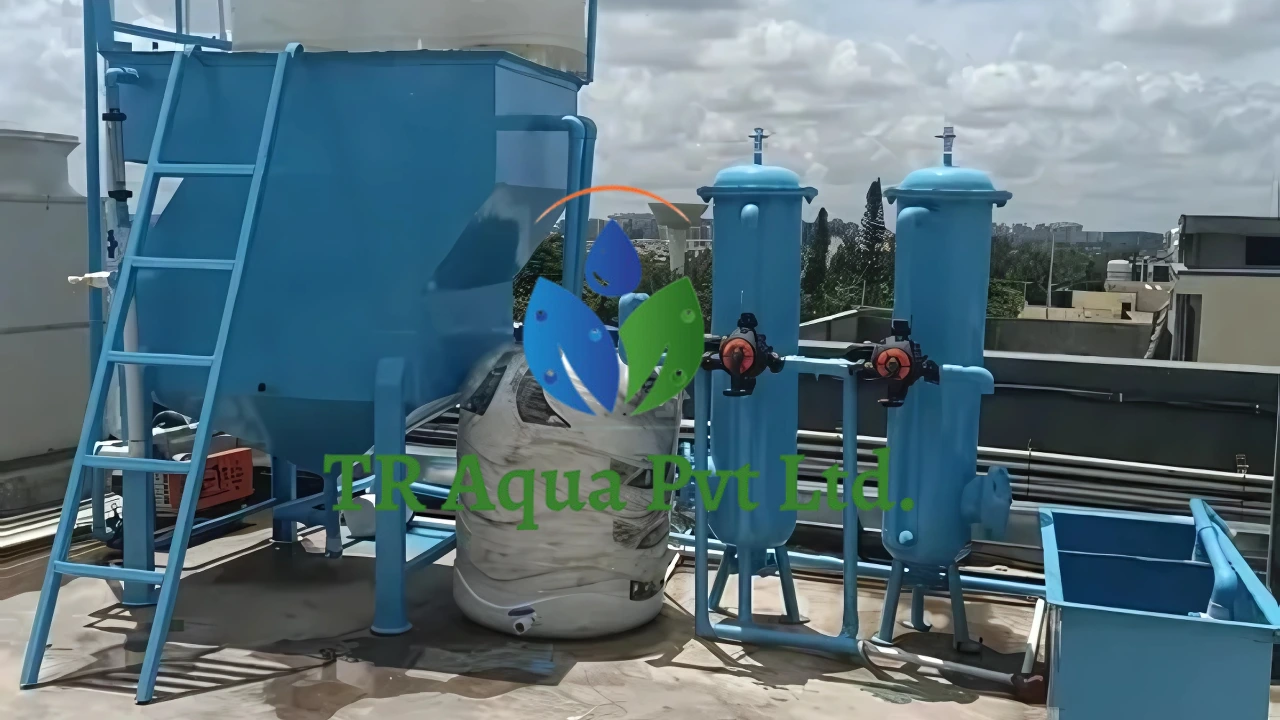In today’s rapid advancement of science and technologies in industrialization, the automobile industry stands tall as a symbol of technological progress and innovation. With the growing demand for vehicles across the globe, automobile manufacturing units are expanding at an unprecedented rate. However, this growth also brings with it a pressing environmental concern—the generation and discharge of hazardous effluents.
What kind of pollutants can you find in Automotive/Automobile Industry Wastewater?
Automobile manufacturing involves various processes such as metal finishing, surface treatment, engine and body washing, and painting. These operations consume large volumes of water and chemicals, which in turn generate a significant amount of wastewater loaded with contaminants like:
- Heavy metals (lead, cadmium, chromium, etc.)
- Oil and grease
- Toxic solvents
- Suspended solids
- Paint residues and chemicals
Why is the Effluent Treatment Plant so important ?
To address this growing environmental challenge, Effluent Treatment Plants (ETP) have become an important part of automobile manufacturing facilities. These systems are designed to treat industrial wastewater and remove harmful pollutants before releasing it back into the environment or reusing it within the plant.
TR Aqua specializes in designing and installing customized ETP solutions that align with the specific needs of the automobile industry.
Process Overview of ETP or Effluent Treatment Plant for Automobile Industry
The Effluent Treatment Plant (ETP) plays a vital role in treating contaminated and polluted water, bringing it to an environmentally acceptable standard before safely discharging it into natural water sources. In this section, we’ll explore the key processes involved in ETP specifically designed for the automobile industry. Our ETP uses a multi-stage process to effectively treat industrial effluents. Here’s a typical treatment flow:
Preliminary Treatment
Preliminary Treatment is the first stage in an Effluent Treatment Plant, focusing on the removal of large solids, oils, and grease from wastewater. Processes like screening, sedimentation, and oil skimming are used to eliminate physical impurities, ensuring smoother operation in the subsequent treatment stages and protecting downstream equipment from damage.
Primary Treatment
Primary Treatment involves the removal of suspended solids and reduction of wastewater turbidity through physical and chemical processes. Techniques such as coagulation, flocculation, and sedimentation are used to settle heavy particles. This stage prepares the effluent for biological treatment by significantly lowering the pollutant load and improving overall efficiency.
Secondary (Biological) Treatment
Secondary (Biological) Treatment uses microorganisms to break down organic pollutants present in the wastewater. Processes like activated sludge, bio-filtration, or aeration help decompose biodegradable matter. This stage significantly reduces Biological Oxygen Demand (BOD) and Chemical Oxygen Demand (COD), making the water cleaner and safer for further treatment or discharge.
Tertiary Treatment
Tertiary Treatment is the final stage of wastewater purification, targeting the removal of remaining contaminants after primary and secondary treatments. Advanced methods like filtration, UV disinfection, reverse osmosis, or chemical treatment are used. This ensures the treated water meets stringent environmental standards and is safe for reuse or discharge.
Sludge Handling
Sludge Handling involves the safe management of solid waste generated during wastewater treatment. Processes include sludge thickening, dewatering, and drying to reduce volume and moisture content. Proper disposal or further treatment ensures environmental safety, preventing contamination and supporting sustainable waste management practices within the effluent treatment system.
Why Choose TR Aqua for ETP Needs?
We analyze your wastewater characteristics and operational requirements. Our ETP Plant Manufacturers are energy-efficient and built with sustainability in mind. Our systems meet CPCB and SPCB norms to ensure smooth operation without legal hassle. We offer complete maintenance, training, and operational support to keep your system running efficiently.
A Step Toward Sustainability
By investing in an Effluent Treatment Plant, automobile manufacturers not only comply with environmental norms but also demonstrate a commitment to sustainability. Treated water can even be reused for processes like floor washing, cooling towers, or gardening—minimizing water consumption and maximizing resource efficiency.

